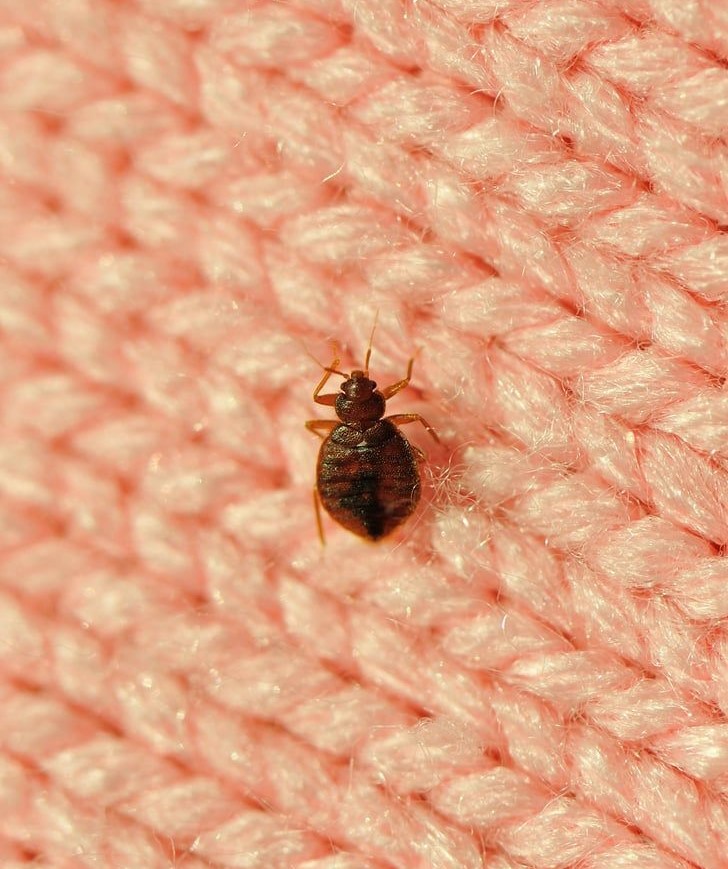Bed Bug Extermination Experts
Bed Bugs: Hidden Threats Lurking in Your Home
Bedbugs are tiny, and masters at hiding. They can slip into the smallest cracks and crevices, making themselves practically invisible while they feed on you – usually without you feeling a thing until you wake up with itchy bites. What makes them even trickier? They can stay dormant for months, and evolve over time to become resistant to pesticides.
Even if your home is spotless, bed bugs can still find a way inside. These pests don’t care about cleanliness, they’re just looking for a place to settle and feed. If you suspect a bed bug infestation, it can feel overwhelming, but you’re not alone. Chilton’s Environmental Termite and Pest knows exactly how to track down these elusive bugs and safely eliminate them from your home.
Let us handle the hard work so you can get back to peaceful, pest-free nights.


Sleep Peacefully with Our Bedbug Solutions
Chilton’s Environmental Inc. is well-equipped, and staffed with the right people to deal with your bedbug infestation. Call us today and we’ll make sure that you and your family sleep on a bug-free bed once more.
Bedbugs are parasites from the cicimid family. These insects feed entirely on the blood of mammals. Some are even known to feed on the blood of bats and different birds. They are mostly active at night, feeding on the unknowing host. Although there are some viruses and pathogens that may be carried by bedbugs, their bite is not known to transmit pathogens from one host to another.
These bugs are the masters of stealth. The nature of their size and shape allows them to fit even into the tiniest crevices between beds and furniture. Unlike mosquitoes, bedbugs can bite and feed on your blood without you knowing. You’ll only find out that you’ve been a victim of a bedbug bite after they’re done and moved on, leaving you with rashes or in more severe cases, blisters and skin allergies.
Besides being difficult to kill and great at hiding, bedbugs can also survive long periods of time without feeding. And we’re not talking about days: we’re talking about months up to more than a year! Dormant bedbugs can simply hitchhike on anyone’s clothes, old furniture, backpacks, etc., and be transported to another place where they can thrive.
With these traits, it seems like the bedbug is a formidable foe. But with early detection, and the right team of professionals, bedbug infestation in your home can be a thing of the past.
Early detection is the first step in eliminating bedbugs in your home. Because of the elusive nature of this parasite, being aware of the signs of their presence is crucial. Here are some signs that can indicate you may have a bedbug infestation:
- Look for bedbugs. Many people are not aware of what bedbugs look like. Bedbugs are flat, oval, and brown in color. They are wingless insects, and look similar to ticks. Their eggs are black and round, and could be found in any imaginable crevices. Bedbugs also appear in clusters.
- Some favorite hiding places for bedbugs:
- Crevices in the bed frame or headboard
- Junctions between drawers
- Cracks on furniture
- Underside of a mattress, especially the seams and tags
- Fitted bed sheets
- Look for rusty looking stains/blood stains. These are caused by bedbugs that have been crushed.
- A group of bedbugs have a strong odor, similar to that of rotten berries. This indicator means that your bedbug infestation may already be getting out of hand, since the clusters of bedbugs are already emitting detectable odor.
- There are trained dogs that can detect the presence of an infestation.
- If you or any of your family members have crimson bites and blisters, it may be a sign that you have bedbugs at home.
There are several ways to address a bed bug infestation, but the most effective results come from using professional-grade products designed to eliminate bed bugs and provide lasting protection. At Chilton’s, we rely on proven chemical treatments rather than heat. Extreme temperatures can kill existing bed bugs, but it does not leave behind residual protection. The professional products we use continue working long after treatment, helping prevent reinfestation.
Successful bed bug removal is a team effort. Homeowners play a key role by carefully following the bed bug preparation and removal checklist provided before treatment. Proper preparation ensures that every area is treated effectively and that bed bugs don’t escape to other parts of the home.
Because bed bugs are persistent and can easily spread, professional containment and follow-ups are essential. Chilton’s trained experts know how to treat and monitor infestations to achieve the best long-term results, backed by a 30-day warranty.


